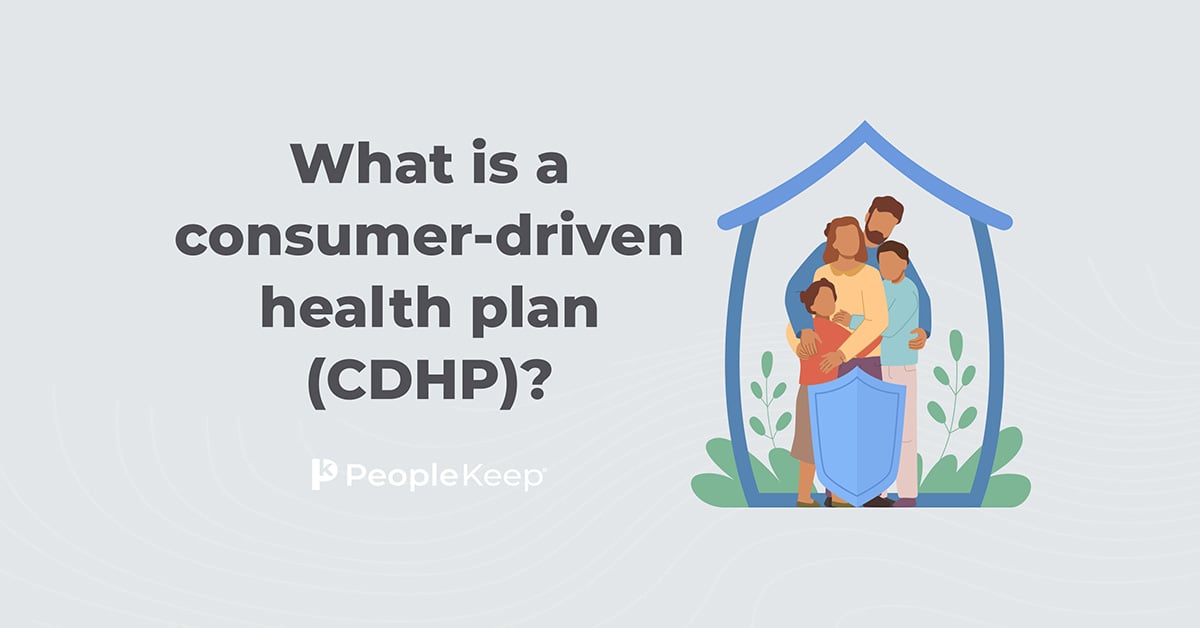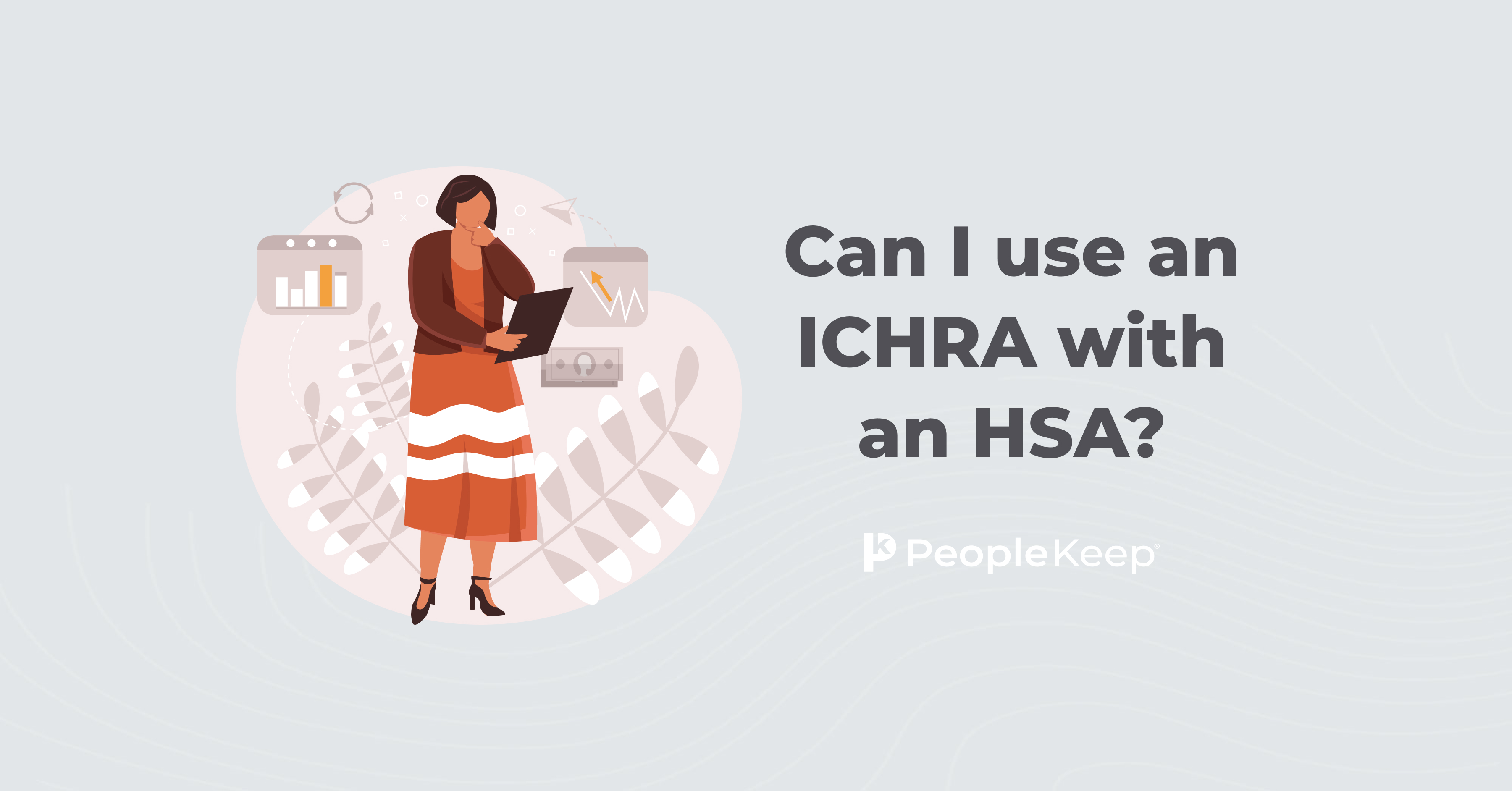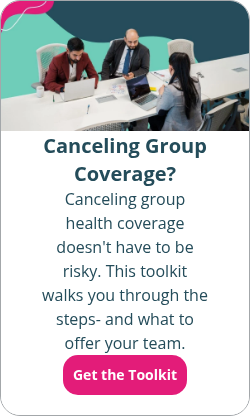7 ways to save on health insurance
By Elizabeth Walker on February 7, 2024 at 8:45 AM
The rising cost of health insurance has created negative consequences for many American families. According to KFF1, six in 10 U.S. adults put off receiving necessary medical care in 2023 due to cost, and one in four that did receive healthcare had trouble paying their bills.
While health insurance coverage can help reduce out-of-pocket medical costs, paying the monthly premium and meeting the deductible can be daunting for many individuals. Fortunately, there are some simple steps you can take to combat expensive medical costs and make your health insurance more affordable.
In this article, you’ll find seven money-saving tips on how to lower your health insurance costs to help fit your budget.
Takeaways from this blog post:
- There are many ways to reduce health insurance costs in the U.S. For example, switching to a high-deductible plan, moving your dependents from your family plan to an individual policy, or utilizing premium tax credits can keep costs low.
- Ask your employer to offer a Section 125 plan or health reimbursement arrangement (HRA) to take advantage of tax benefits and help you pay your monthly health insurance premiums.
- Insurance agents and brokers have extensive industry knowledge and can help individuals on a budget find an affordable health plan. They receive commissions from carriers for signing up new clients, so you don’t have to pay for their services.
1. Put your dependents on an individual plan
Many employers offering an employer-sponsored group plan pay for a significant portion of their employees’ premiums but don't cover employees’ dependents. Even if your employer pays for coverage for your dependents, the amount you pay for a family plan can be expensive. If your spouse and kids are dependents on your employer’s group plan, enrolling them in a separate individual health insurance policy can be much more cost-effective.
Individual coverage premium rates were unpredictable before the Affordable Care Act (ACA). Health insurance companies could charge applicants more if they had a pre-existing medical condition or deny them altogether. But now, insurers must follow ACA regulations regarding premiums and maximum out-of-pocket costs, making individual coverage more affordable.
In 2023, the average annual premium for an ACA Marketplace plan was $5,436 for self-only coverage and $13,824 for family coverage2. In contrast, KFF3 finds that the average annual premium for employer-sponsored health insurance in 2023 was $8,435 for self-only coverage and $23,968 for family coverage.
All ACA plans must cover essential health benefits like preventive care, prescription drugs, and mental health services so your spouse and children can still receive necessary care.
2. Ask your employer for a Section 125 plan
If you already have an individual policy, there may be a way to pay for your premiums tax-free. A Section 125 plan, also known as a “cafeteria plan,” allows employees to take a taxable portion of their total salary and receive it as a qualified benefit, like health insurance premiums, on a pre-tax basis.
In addition to helping you pay your premiums, cafeteria plans have tax advantages. Because they use pre-tax money, your overall taxable household income decreases by your contribution amount. This means you’ll pay fewer federal income taxes and Medicare and Social Security taxes.
Examples of Section 125 plans include:
- Premium-only plans (POPs)
- Flexible spending accounts (FSAs)
- Simple cafeteria plan
- Health savings accounts (HSAs)
- Full-flex cafeteria plan
Offering a Section 125 plan is free for the employer unless they contribute funds, so it never hurts to ask. And because these plans also have tax benefits for business owners, everyone wins.
3. Contribute to a health savings account
HSAs are special savings accounts where you and your employer can contribute money on a pre-tax basis that you can later withdraw to pay for medical services and other out-of-pocket medical expenses, like prescription drugs, preventive services, and doctor visits.
The great thing about HSAs is that even if your employer doesn’t offer one, you can still open one on your own. You can contribute to your account up to the annual limit if you have an HSA-qualified high-deductible health plan (HDHP). Going with an HDHP will save you money because while they have a higher deductible, you’ll pay lower premiums.
Even if your employer does set up your HSA, you own the account—even if you leave the company. Contributions remain in the HSA indefinitely; there’s no penalty if you don’t spend the funds, and the money rolls over yearly.
With HSAs, contributions are tax-deductible, and qualified withdrawals are tax-free. Better yet, individuals aged 65 and older can use their HSA funds to pay for expenses without penalty. So, if you’re looking for a long-term savings vehicle, an HSA is a great option to include in your retirement plan.
4. Work with an insurance broker
You may think working with a professional to help you find health insurance coverage is more expensive, but it’s actually just the opposite. By law, health insurers must charge the same price for individual policies regardless of how you purchased the policy. This means buying a plan from an insurance broker or agent doesn’t cost you more.
Additionally, agents and brokers receive commissions from insurance companies for signing up new policyholders, not from direct charges or fees from their clients. Therefore, you don’t have to foot the bill for using their services either.
There are many benefits to using a broker. Unlike public exchanges, brokers can offer ACA plans and various other health insurance coverage like vision plans, dental policies, catastrophic plans, and much more.
Brokers also have vast experience dealing with insurers and extensive knowledge of the health insurance industry. If you’re on a budget or have questions, their hands-on services can help you narrow your options to find an affordable, comprehensive plan that meets your needs.
5. See if you qualify for a premium tax credit
Premium tax credits are an excellent option to help lower-income U.S. adults buy affordable self-only or family coverage through the federal Health Insurance Marketplace or a state-based exchange. You can receive premium tax credits on your federal income tax return or advance payments to help pay for your monthly premium costs during the year.
Individuals with annual household incomes between 100% and 400% of the federal poverty level qualified for premium tax credits if they weren’t offered affordable employer-sponsored health coverage or qualified for a government health program like Medicaid. However, the American Rescue Plan expanded eligibility for premium tax credits.
While these enhancements were initially due to expire in 2022, the Inflation Reduction Act extended the enhanced premium tax credits through 2025. This means that any American who purchases Marketplace coverage will pay no more than 8.5% of their household income through the end of 2025.
6. Switch to a catastrophic or high deductible health plan
If you don't need frequent care, you can lower your premium by switching to an HDHP or catastrophic plan. HDHPs are a type of health plan with a higher health insurance deductible that individuals must meet before the insurer covers qualified medical expenses. Because they have higher annual deductibles, they tend to have lower monthly premiums.
A health plan must meet specific criteria for the federal government to consider it an HDHP. For example, a plan must have a minimum deductible of $1,600 for self-only coverage and $3,200 for family coverage to be an HDHP in 2024. However, the ACA requires all HDHPs bought on a public exchange to cover certain preventative care services at in-network providers regardless of how much you’ve paid toward your deductible.
HDHPs are a cost-effective health insurance plan option for young or healthy individuals who don’t access much medical care outside of routine care and unforeseen medical emergencies. They’re also especially effective plans to pair with an HSA if you need help paying for out-of-pocket costs your HDHP doesn’t cover.
You can also switch to a catastrophic health plan if you’re younger than 30 or qualify for a financial hardship exemption. These plans have lower premiums than bronze plans but much higher annual deductibles. If you’re young and healthy and don’t use your insurance often, this type of plan could be right for you.
7. Take advantage of your employer’s HRA or health stipend
Nowadays, traditional group health insurance isn’t the only employer-sponsored health benefit. Suppose your employer offers a health reimbursement arrangement (HRA). In that case, you have an extra money-saving benefit to get your health insurance premiums and other medical costs reimbursed 100% tax-free.
The way an HRA works is simple. Your employer provides you with a monthly allowance to use on qualified healthcare expenses. Depending on the type of HRA offered, these expenses can include health insurance premiums, prescription drugs, over-the-counter medicine, and other out-of-pocket costs. Once you incur an eligible medical expense and submit proof of payment, your employer approves the amount and reimburses you tax-free up to your set allowance.
Three popular HRAs are the qualified small employer HRA (QSEHRA), the individual coverage HRA (ICHRA), and the integrated HRA. The HRA your employer can offer depends on their company size, budget, and preferred plan design.
Health stipends are another flexible benefit rising in popularity. These stipends work similarly to an HRA. Your employer offers you a certain amount of money—typically added to your paycheck—to use on health insurance and out-of-pocket expenses. However, stipends are taxable, so you must pay income taxes on the amount you receive throughout the year.
Lastly, maintaining a healthy lifestyle is another way to save on your overall medical costs. Suppose your employer offers a wellness stipend alongside a health stipend or HRA. In that case, you can pay for wellness costs—like gym memberships, home exercise equipment, and fitness trackers—to keep you in top physical condition.
Conclusion
Nobody should feel forced to avoid getting the care they need because health insurance is too expensive. While periods of inflation and rising health insurance costs are inevitable, there are still ways to keep your expenses as low as possible. Taking the time to stay informed about your options—either through your employer or on your own—is the best method to find affordable healthcare for you and your family.
Whether you have an individual plan from the health insurance marketplace or a group health policy, if your employer offers an HRA or health stipend, you can leverage these flexible benefits to save on medical costs.
This article was originally published on August 5, 2009. It was last updated on February 7, 2024.
1. https://www.kff.org/health-costs/issue-brief/americans-challenges-with-health-care-costs/
3. https://www.kff.org/health-costs/report/2023-employer-health-benefits-survey/
Check out more resources
See these related articles

What is a consumer driven health plan (CDHP)?
Looking for a healthcare plan that gives you more flexibility? Explore the concept of a consumer driven health plan (CDHP) and its advantages here.

Can I use an ICHRA with an HSA?
In this article, we'll compare both health benefits options and explain how to offer them at the same time.

Common types of health insurance plans
Learn the pros and cons of the most common types of health insurance plans, such as PPOs, HMOs, HSA-qualified plans, indemnity plans, and alternatives.



